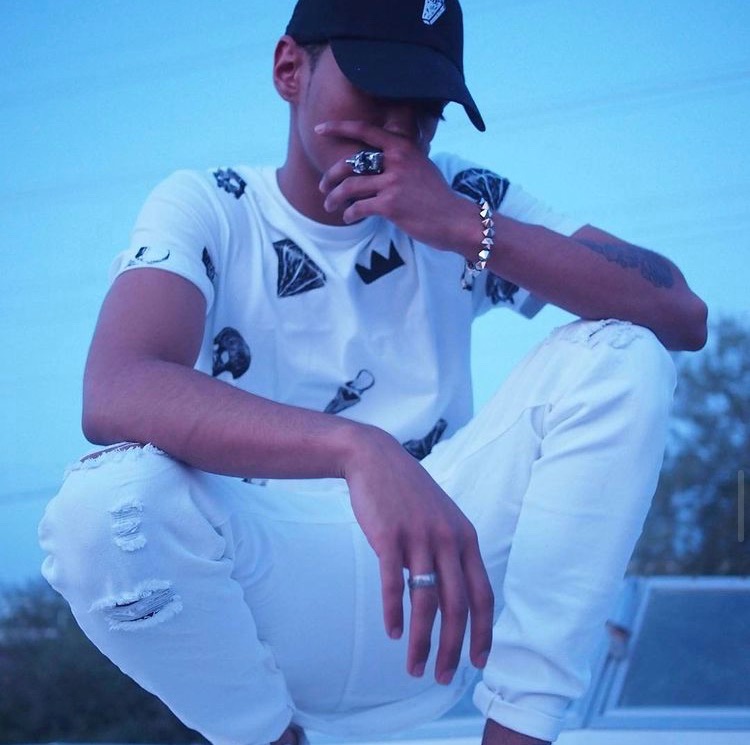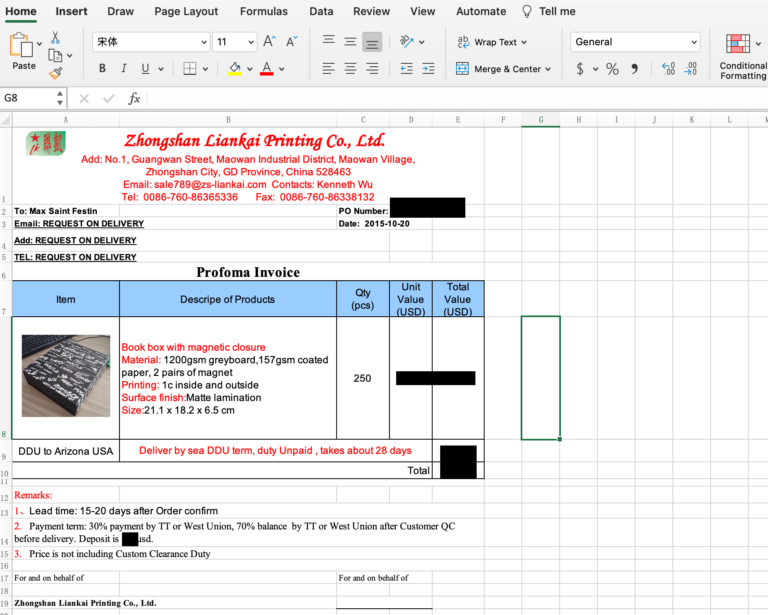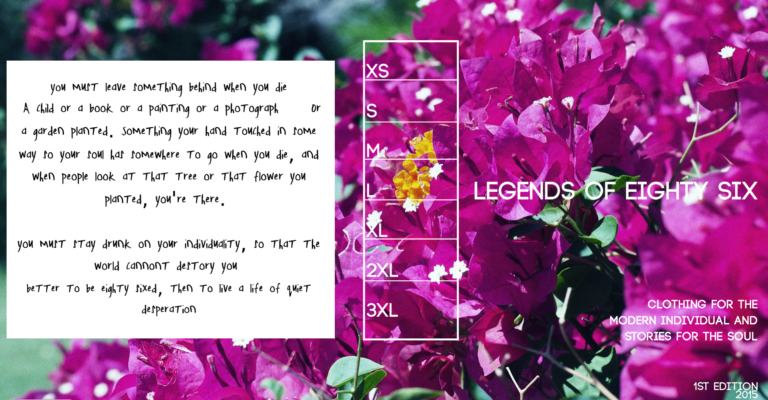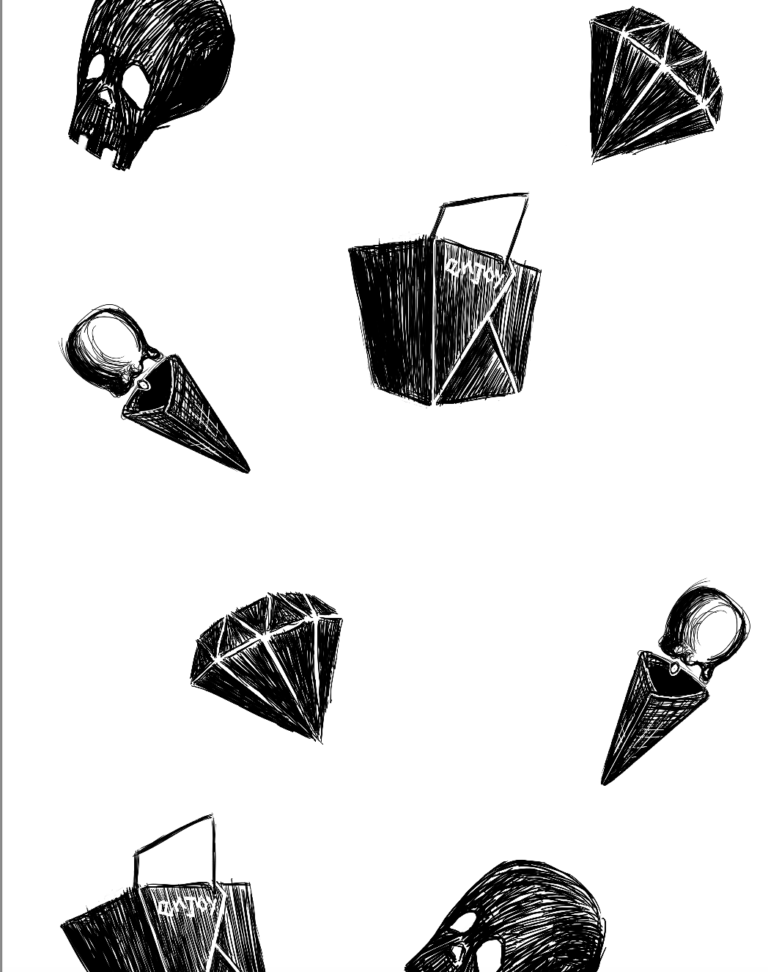Legends Of Eighty Six
A Case Study

My Role
As a new owner, I worked on taking my napkin sketches from conception to launch. I also created the e-commerce site, crafted the brands message, managed customer orders, and oversaw various aspects of production from raw materials to finish product testing.
Later I ended up shifting responsibilities onto others once we began to scale.
Origin Story
Didn't have much money to work with so initial launch was just t-shirts and a computer I bought from eBay running windows 7 (purchase price roughly $170). Ended up installing Linux.
I began to ask myself some of the following questions:
- Why would anyone buy these t-shirts?
- What sets us apart?
- Are there any new technologies coming to market that I can use?
- What else can I add to the USP? Can there be more than 1?
- Who would want this?
- Why does Amazon sell so well?
- What is the core message? For what purpose?
- How can this grow?
- How can I spread the reach globally easily?
- What is better than a simple "money back guarantee?"

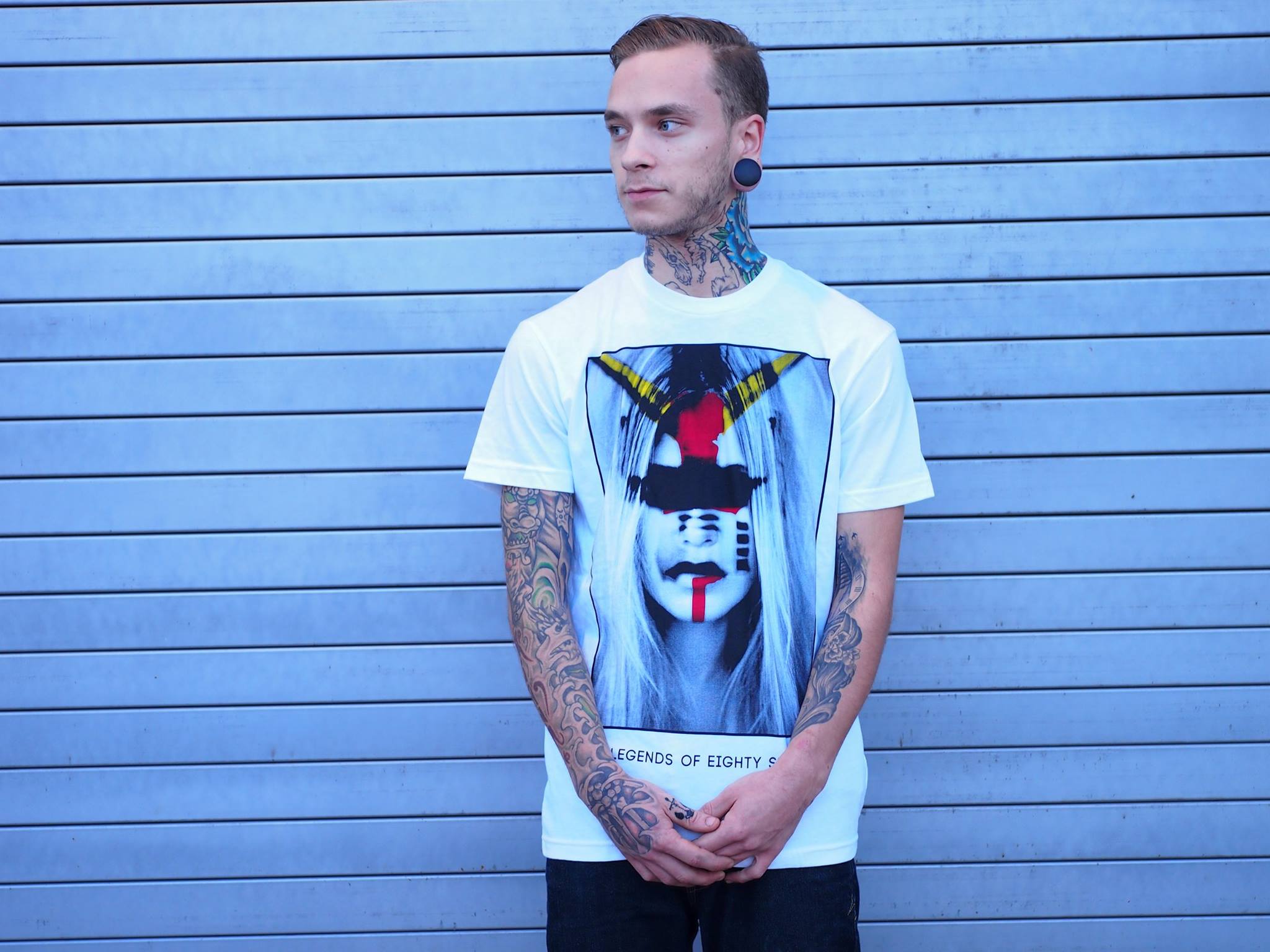
There were many more questions that I had, these are just some of the more memorable ones that come to mind. I began by reading virtually every business, sales, marketing, and copywriting book available. From Seth Godins “Purple Cow: Transform Your Business by Being Remarkable" To "Blue Ocean Shift", by Renée Mauborgne and W. Chan Kim. This period of time I call "absorption" just due to the amount of information that was being collected and archived.
Soon the the complete vision for the brand became very clear: We are not selling clothes, we are providing an experience. In the process I decided to move away from t-shirts, and to work on full cut & sew garments with matching accessories.
Product

Evolution
When our team first conceptualized the e-commerce clothing platform, the emphasis was on incorporating detailed product reviews to foster customer trust and informed decision-making before purchasing. Encouraging feedback from initial user surveys reinforced the platform's development, ensuring a user-centric approach. As we progressed towards crafting an interactive mockup, we realized the need to address potential high-risk assumptions. We decided to adopt a different approach, leveraging the design philosophy called Object-Oriented UX (OOUX). This method focuses on designing a seamless user experience based on real-world objects and prioritizes object design over procedural action design.
For our e-commerce clothing retailer, this meant:
- Organizing products into intuitive categories and collections, simplifying the browsing experience.
- Ensuring high-quality visuals, including multiple product images and 360-degree views, to provide a clear understanding of each item.
- Implementing a user-friendly interface that allows customers to easily filter and sort products based on preferences, such as size, color, and price.
- Integrating personalized recommendations based on user behavior and browsing history to enhance customer satisfaction and engagement.
- Providing comprehensive product descriptions, sizing guides, and styling suggestions to help customers make informed decisions.
By employing the OOUX design philosophy, our e-commerce clothing platform was able to create a more streamlined and enjoyable user experience, ultimately encouraging customer loyalty and driving sales.
In the end, the vision for the L86 consisted of two primary components – collections and individual items. The collections section provides users with an overarching view of the various fashion lines, accompanied by visuals, styling tips, customer questions, and the latest trends. The individual item section allows users to delve deeper into a specific clothing piece, examining its details, exploring styling ideas, and inline styled reviews from fellow shoppers.
Roughly 1 year into working on the brand and I received an email
A student in Boston messaged me saying "LO86 inspired me to pursue my degree in design"
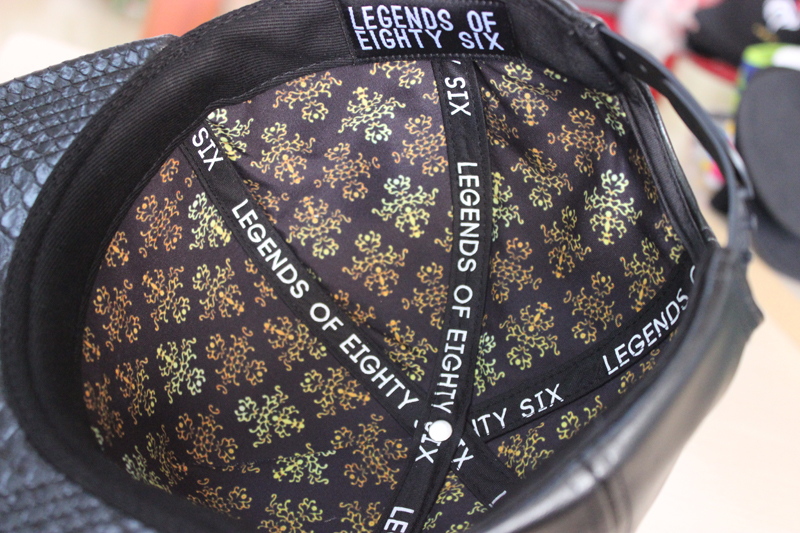
Unfortunately around this time the business was placed on an indefinite pause due to late deliverables with a manufacture in Peru. The materials received were heavily damaged due to transit. During this time we went through the painful process of cancelling all shows and events.

Key Takeaways
- When working with external parties, it's crucial to define clear objectives, deadlines, and account for risk to ensure secure and smooth transactions.
- How to best manage a remote team when the individuals are hard to reach and lack communication during the process..
- Through this experience, I learned how to strike a balance between envisioning the ideal, feature-rich product and identifying the essential elements needed for a successful minimum viable product (MVP) in the clothing store industry.
- How important it is to "get off the computer" and interact with all possible user types regularly.
- What it means to be in a cash strapped, how it impacts decisions, and how to manage budgeting & burn rate while running lean.
- Enhancing communication among all team members by using existing tools and resources that works best.
